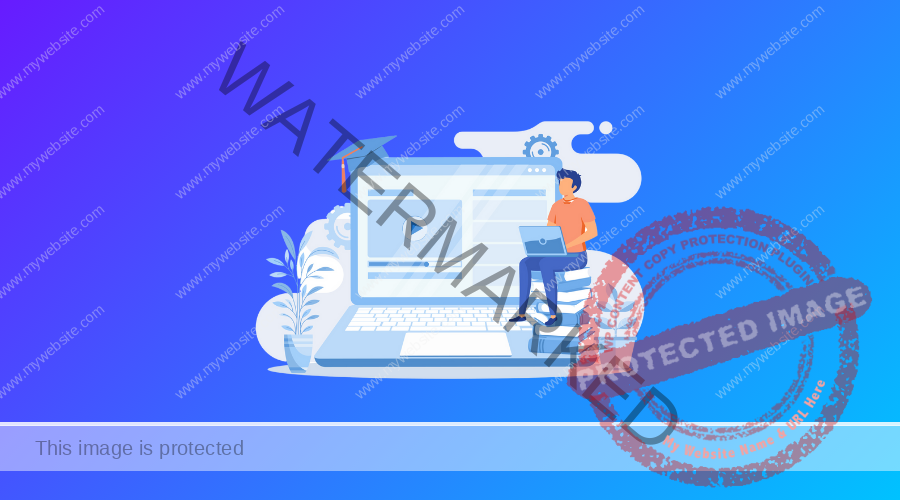The internet has revolutionized the way we operate in the physical world. Being connected provides access to numerous services and opportunities.
The educational landscape has seen significant changes, with various courses, workshops, and schooling now easily accessible through connected devices.
If you’re interested in becoming an online educator to share knowledge globally, follow our guide to understand the steps involved in creating an eLearning course and how it relates to E-commerce website design and development.
Why Create an Online Course?
Online education offers several advantages:
It educates individuals regardless of age, location, or abilities.
It has a 60% higher efficiency than traditional methods.
With more targeted approaches, students can learn material 30-40% faster.
The eLearning audience is projected to reach 57 million by 2027, with profits expected to hit $370 billion by 2026. This indicates that eLearning is not only a fundamental educational tool but also a lucrative endeavor for creators.
How to Create an Online Course?
The success of an online course depends on its quality, digital tools, and marketing efforts.
Choose the Topic
Platforms like Udemy, Coursera, and MasterClass offer a wide range of educational content across various topics. When creating a course, be prepared for high competition and the challenge of reaching a broad audience.
When brainstorming course ideas, ensure they stand out from existing offerings and meet current industry demands.
Type of Course
Online courses come in different forms, such as mini-courses, multi-day courses, and long-term courses.
A mini-course focuses on a specific skill and typically consists of up to 10 short videos or lectures. These serve as introductions to main courses and are priced under $100 or even offered for free.
A multi-day course covers a broader knowledge area with materials like videos, worksheets, and quizzes. Prices start at $250.
Long-term courses offer in-depth expertise over a few months and start at $300. They require advanced course creation skills to structure knowledge effectively.
Starting with mini-courses allows you to attract new learners and gradually move to more extensive formats.
Content Creation
Educational content can include videos, lectures, presentations, quizzes, etc. The key is to ensure high-quality content to meet user expectations.
Digital Tools
After creating content, use a Learning Management System (LMS) to administer, deliver, and track material. Popular LMS options include LearnUpon and Talent LMS.
Integrate your course and LMS with eCommerce platforms like Shopify for seamless course purchasing through services like Shopify web development.
Marketing
Once your course is ready, start a promotional campaign to reach your target audience. Utilize social media, guest posts, ads, and influencer marketing to boost course visibility.
Offer free courses and discounts initially to showcase the value and encourage paid enrollments.
The Bottom Line
eLearning is a rapidly growing industry offering benefits to society and creators alike. Following key steps like outlining course ideas, creating content, selecting an LMS, integrating with an eCommerce platform, and effective marketing will help in creating a successful eLearning course.
If you found this guide useful, explore Online Math and English Games to Help Kindergarten Students for more educational resources.
















